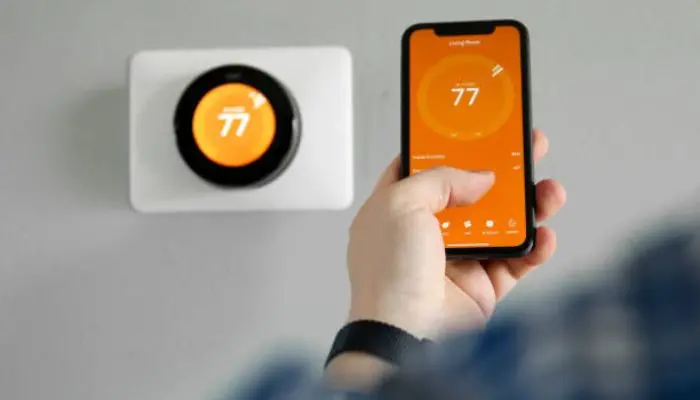
One of the most common questions we get from homeowners is whether smart thermostats are worth the investment. Having installed hundreds of these devices and followed up with countless customers, we can confidently say that smart thermostats don’t just add convenience – they can lead to significant energy savings when used correctly. Here are some thoughts to take into consideration with Smart Thermostat savings.
Understanding the Smart Thermostat Savings Potential
The EPA’s ENERGY STAR program estimates that homeowners can save up to $100 per year on heating and cooling costs with a smart thermostat. However, in my experience, I’ve seen savings range from $50 to over $200 annually, depending on several factors:
Climate zone and local utility rates
Home size and insulation quality
Previous temperature management habits
How effectively homeowners use the smart features
Real-World Smart Thermostats Savings Breakdown
Let’s break down where these savings actually come from. We can tell you that smart thermostats save money in several ways:
Automatic Temperature Adjustments: Smart thermostats learn your schedule and automatically adjust temperatures when you’re asleep or away. This alone typically reduces energy usage by 10-15%. Many of my customers are surprised to learn how much energy they were wasting by forgetting to adjust their traditional thermostats.
Remote Control Capabilities: The ability to adjust your temperature from your phone might seem like just a convenience feature, but it’s a genuine money-saver. I’ve had customers tell me they’ve saved money simply because they can turn down their AC from work when they remember they’ll be home late.
Usage Reports and Energy Monitoring: Smart thermostats provide detailed energy reports that help identify wasteful heating and cooling patterns. These insights often lead to behavioral changes that create additional savings.
Integration with Other Smart Home Features: Many modern smart thermostats can integrate with sensors that detect occupancy or adjust based on whether specific windows are open. This level of automation prevents energy waste in unused rooms.
Smart Thermostats Savings: Initial Investment vs. Long-Term Returns
Based on average savings of $100 per year, most homeowners recoup their investment within 2-3 years. After that, it’s pure savings. Plus, these devices typically last 7-10 years, meaning several years of pure return on investment.
Maximizing Your Smart Thermostat Savings
To help homeowners get the most from their smart thermostats, we always share these professional tips:
Take time to program your schedule correctly during initial setup. The first week is crucial for establishing baseline patterns.
Use the “away” mode features. Even random schedule changes can be accommodated without losing efficiency.
Pay attention to the energy reports and adjust your habits accordingly. Small changes, like adjusting your temperature by just one degree, can lead to 2-3% energy savings.
Take advantage of features like maintenance reminders and filter change notifications. Well-maintained HVAC systems run more efficiently and save more money.
Common Misconceptions in Smart Thermostats Savings
We often hear concerns about smart thermostats. Let me address the most common ones:
“They’re too complicated”: Modern smart thermostats are designed to be user-friendly. Most of my customers, regardless of age or tech-savviness, master them within a few days.
“The savings aren’t worth the hassle”: While savings vary, even modest reductions in energy bills quickly offset the initial investment. Plus, the convenience features add significant value to daily life.
“They’re just a gimmick”: Smart thermostats use proven technology to optimize HVAC operation. The savings are real and measurable.
Looking to the Future
The technology continues to evolve. Newer models incorporate weather forecasts, humidity control, and even maintenance predictions. These advances mean even greater potential for energy savings in the future.
We can say with confidence that they’re one of the most effective energy-saving investments a homeowner can make. While the exact savings vary by household, the combination of energy efficiency, convenience, and smart features makes them well worth considering for any home.
Remember, the key to maximizing savings is proper installation and usage. Consider having a professional HVAC technician install your smart thermostat to ensure it’s correctly configured and compatible with your system. The small additional cost of professional installation often pays for itself through optimal performance and maximum energy savings.